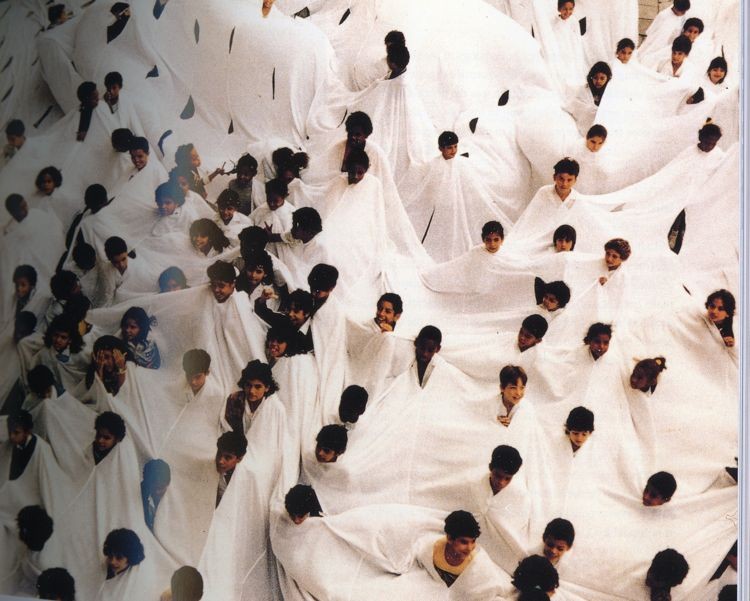Grupo Neoconcreto (Manifesto neoconcreto, 1959)
(Lygia Clark, Helio Oiticia, Lygia Pape and others)
Influenced by phenomenological and existentialist theoretical currents, Neo-concretism broke from the visual purism of the Sao Paulo Concretists.
Poet Ferreira Gullar’s Theory of the non-object, 1960, gradually radicalized the group’s development, which reached with the dramatic turing point with the „almost-works“, which were based on living experience shared with a new kind of viewer: the participant. Neo-concretism emphasized the moment rather than objectival or optical art. It emphasized artistic creation as a subjective expression that should be experienced with all of the senses, and released the public from its role as a passive spectator, making them active participants (p. 566)
Lygia Clark, Brazilian, 1920-1988
excerpt from „We Refuse“
… I belong to a third group that tries to encourage public participation. This participation totally changes the meaning of arts as we have understood it to this point.
And all this because:
we refuse the representative space and the work of art as a passive contemplation;
we refuse all of man’s external myths;
we refuse the work of art as such and we emphasize the act of carrying out the proposition;
we refuse duration as means of expression. We propose the actual moment of doing as a path to experience.
…
Rio de Janeiro, 1966
Label image:
Lygia Pape: Divisor (Divide), 1968: a white sheet four hundered yard square acts as a living geometric plane when children poke their heads through the dozens of holes/uteruses cut into it. In this play of alterities, each child is only on individual of the Whole, whose otherness prevents him or her from freely moving.
Inverted utopias : avant-garde art in Latin America / Mari Carmen Ramírez and Héctor Olea. – New Haven (Conn.) : Yale University Press, 2004, p. 526; 566
posted on April 17, 2015

Divisor (Divide), 1968